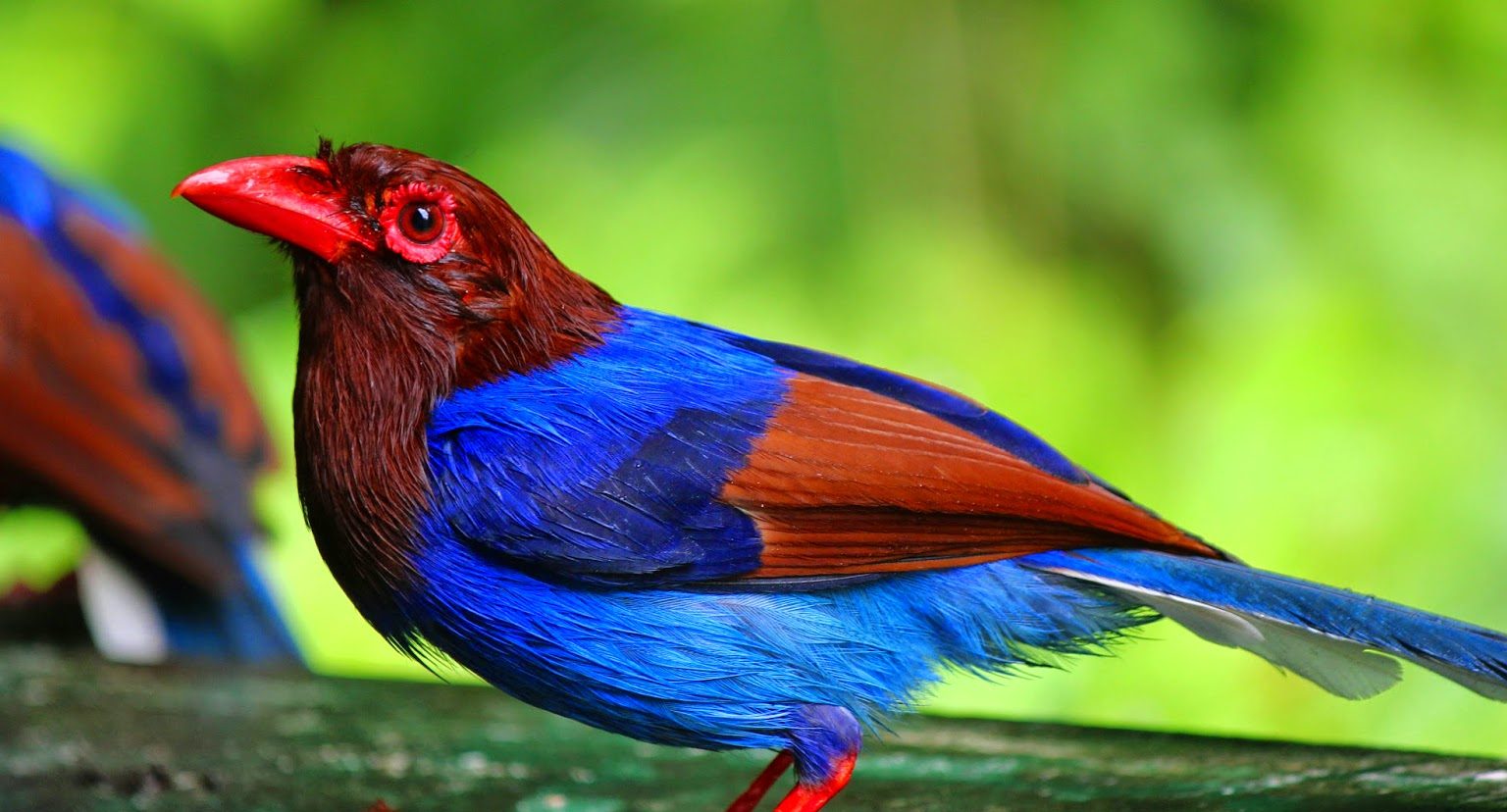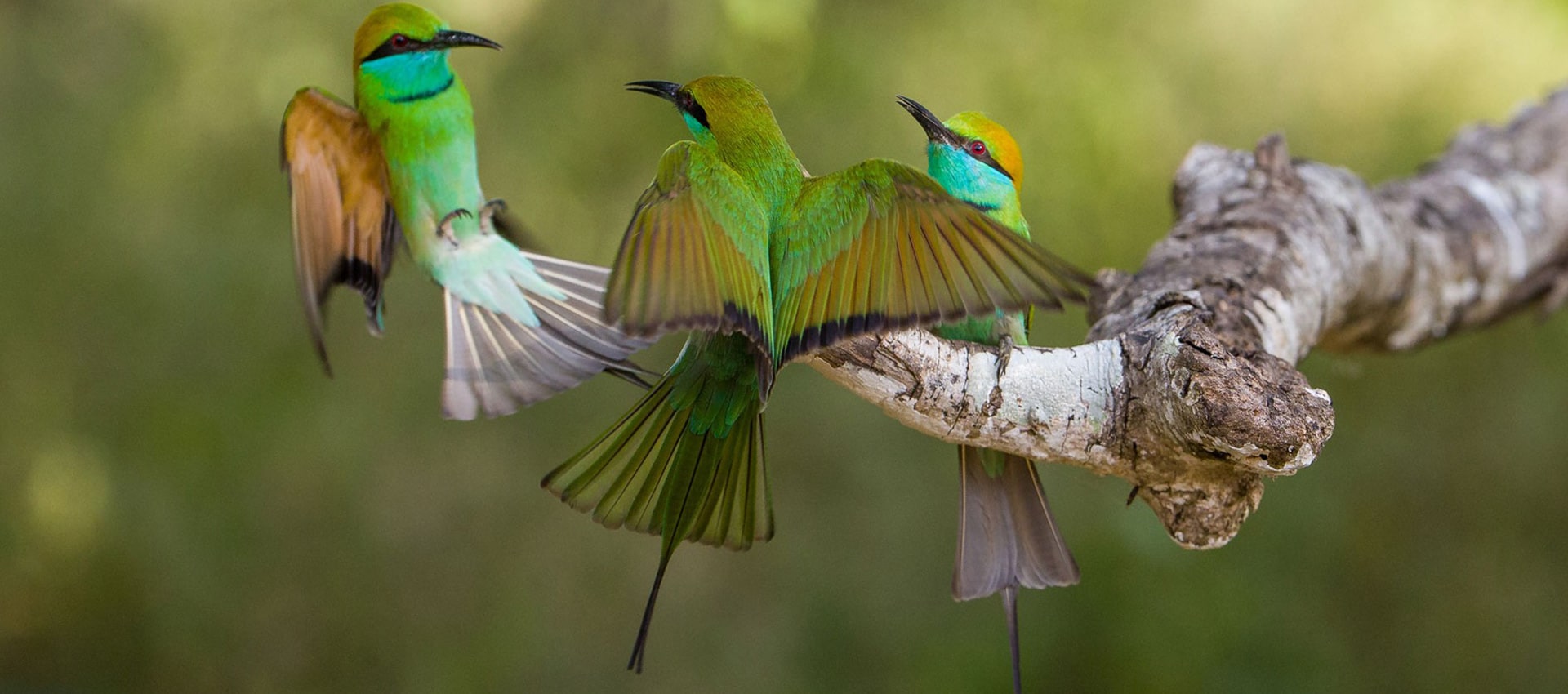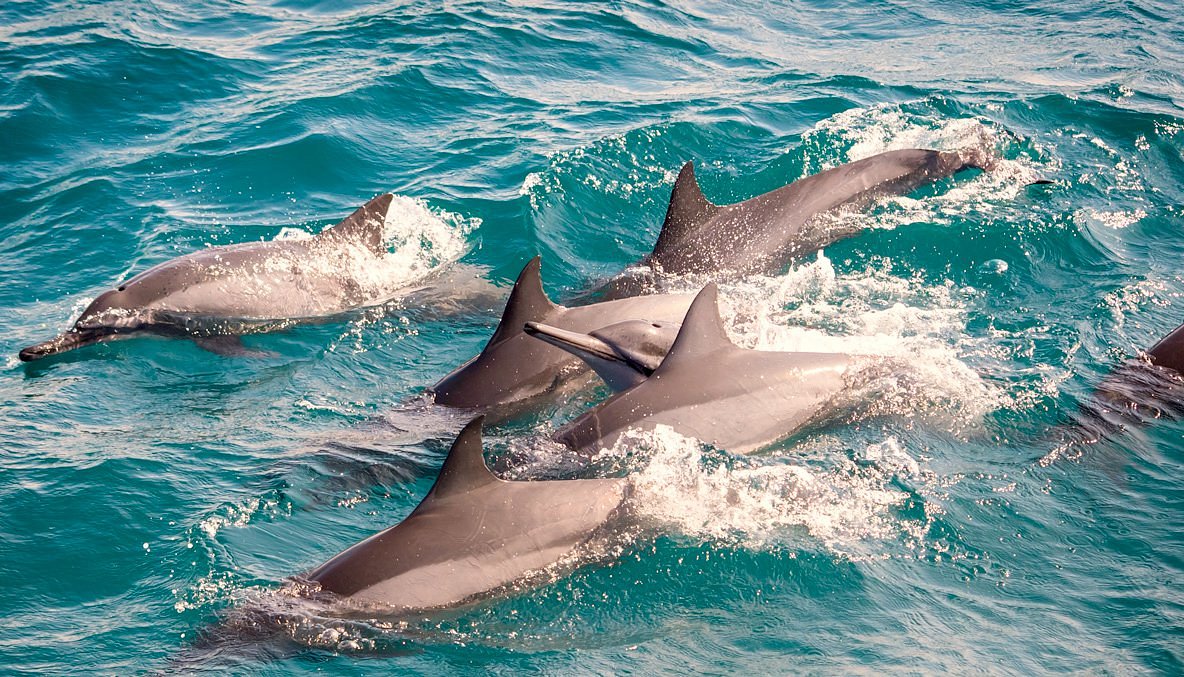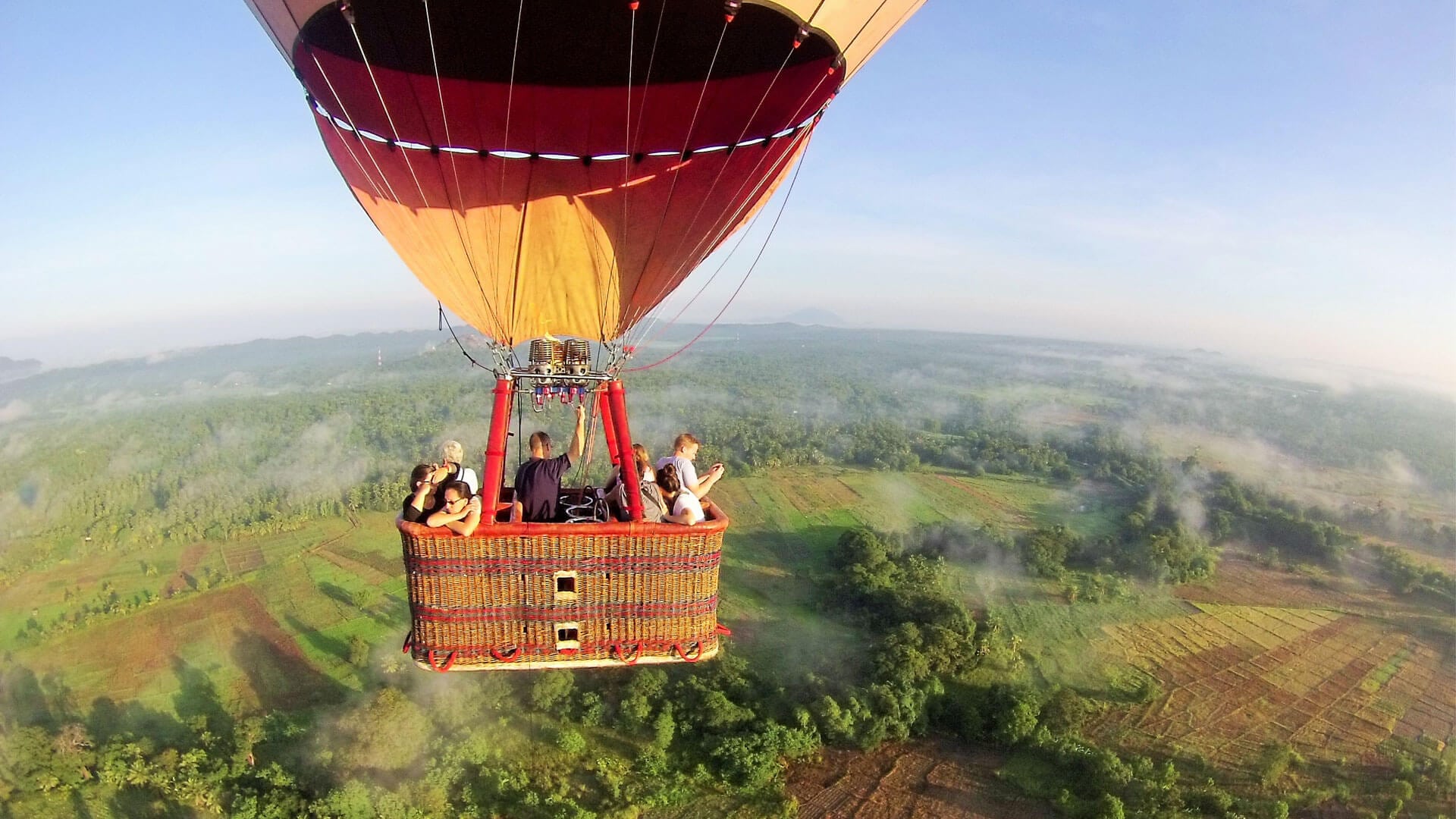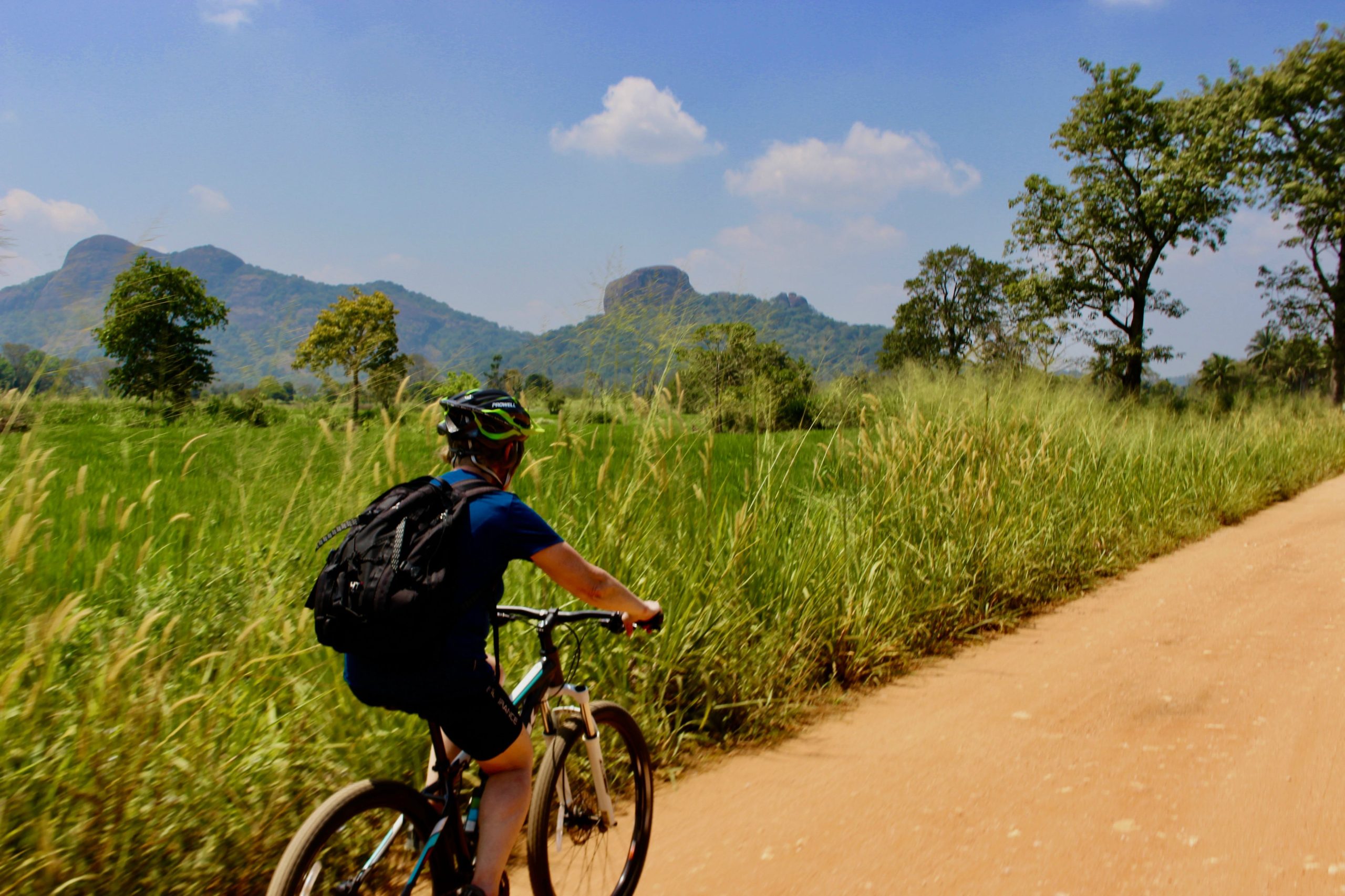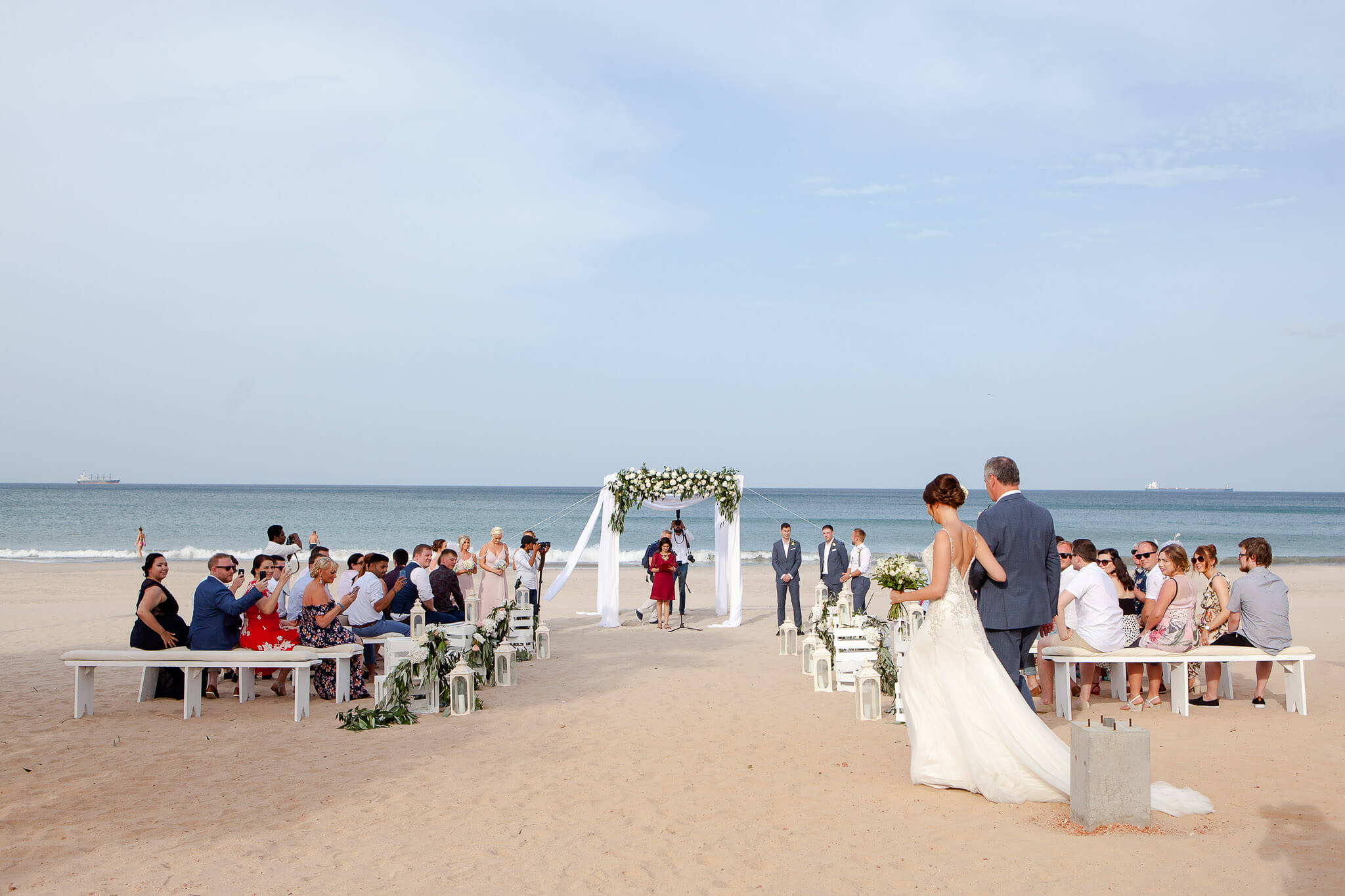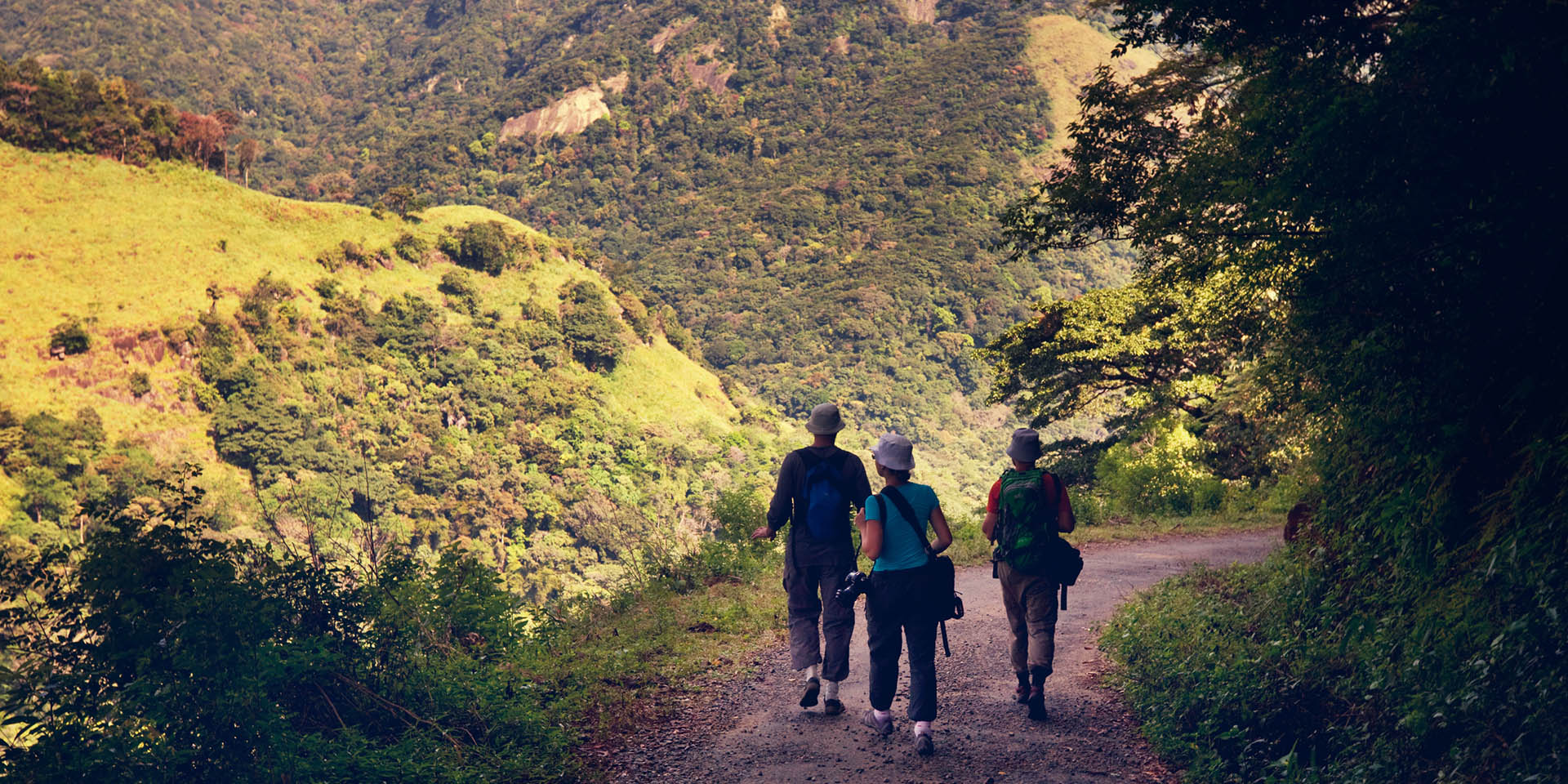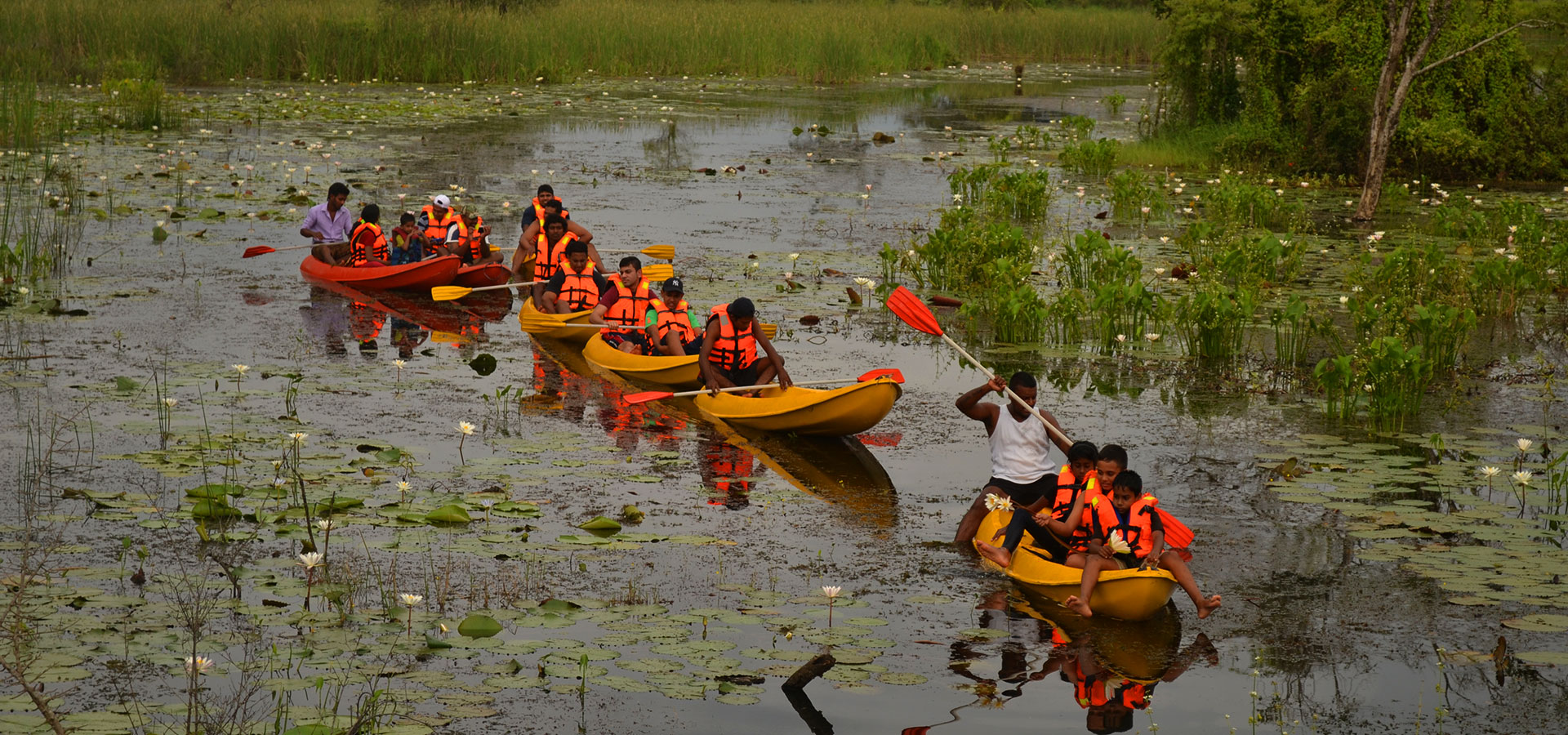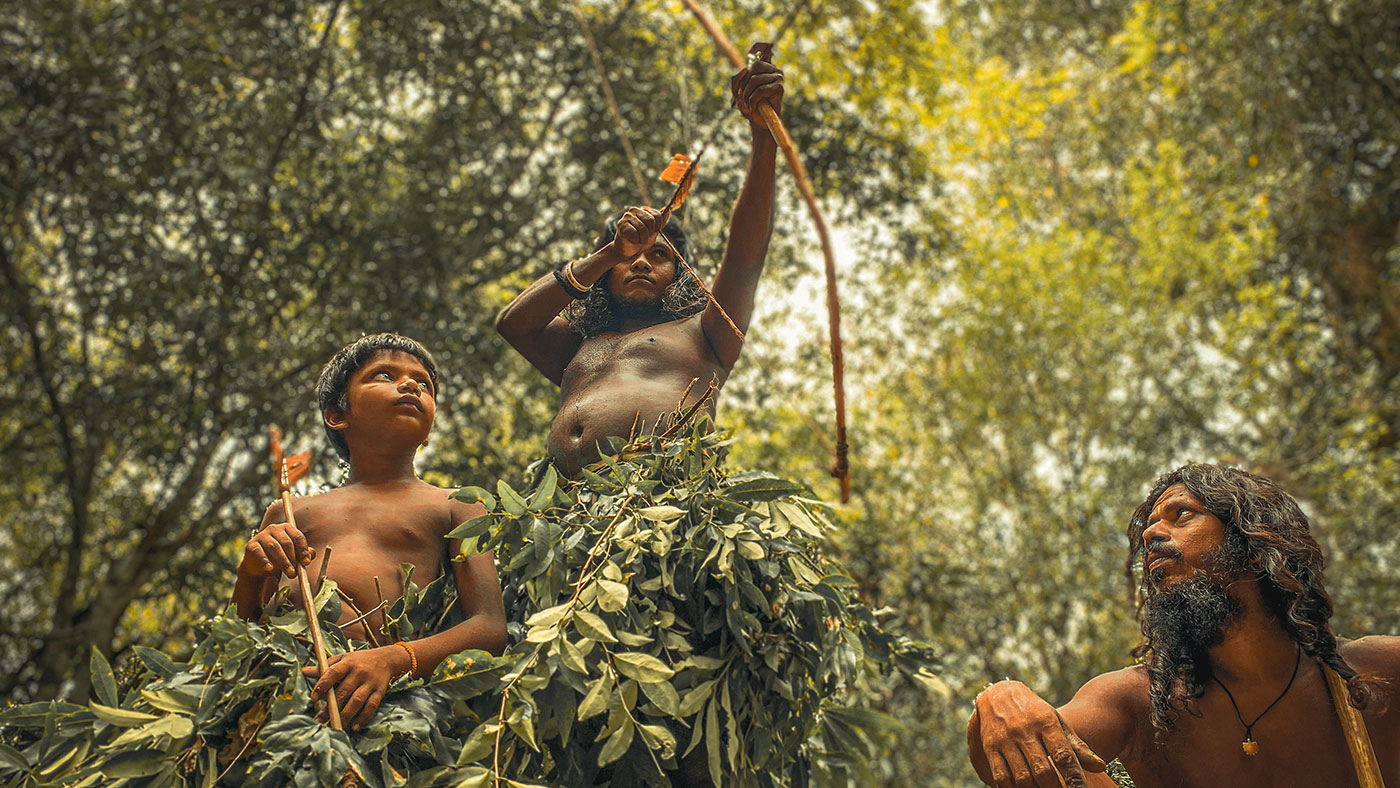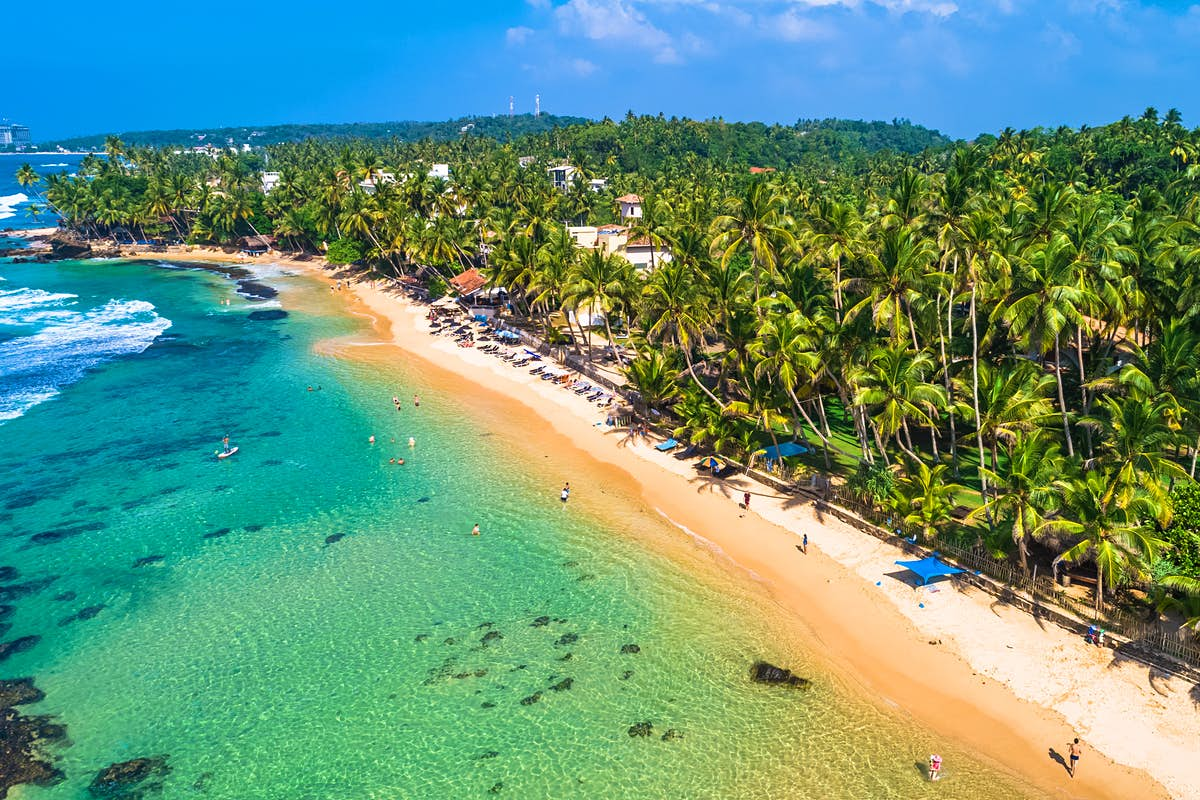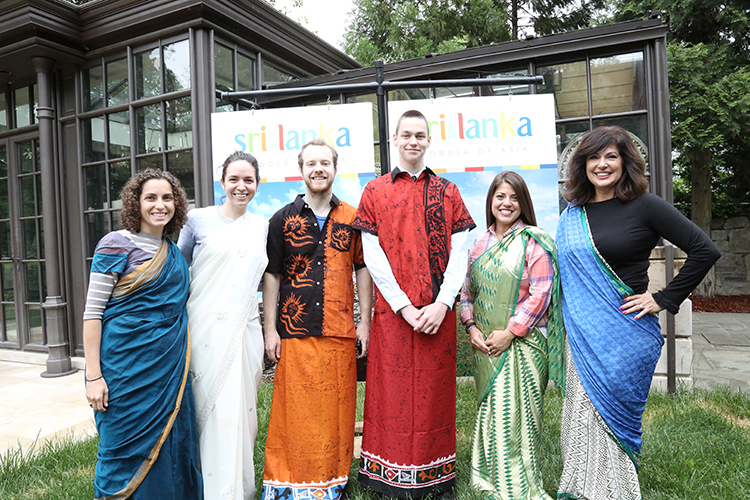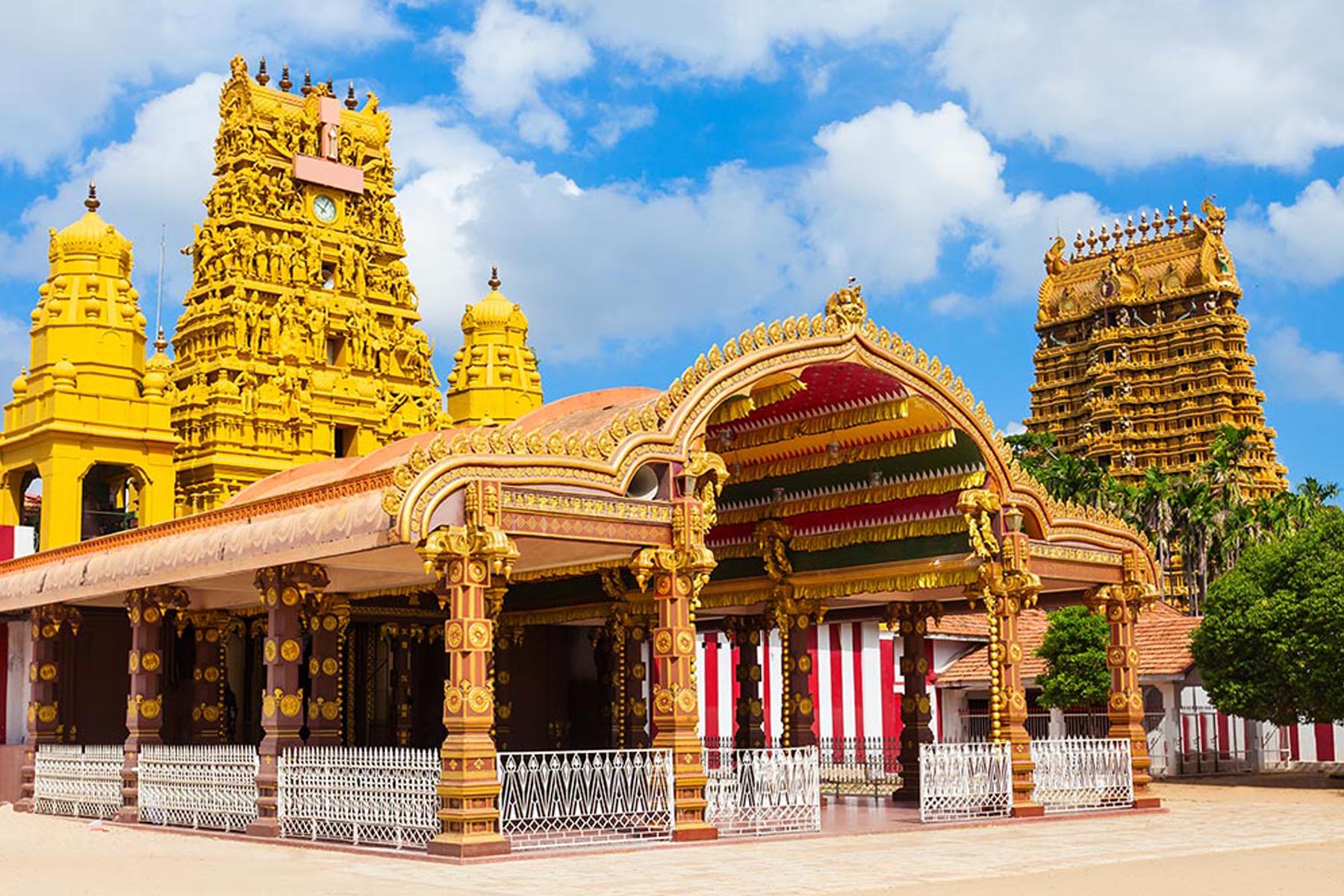Sigiriya Rock Fortress
Nestled in the heart of Sri Lanka’s cultural triangle, Sigiriya Rock Fortress stands as a testament to ancient ingenuity and architectural brilliance. Often hailed as the eighth wonder of the world, this majestic rock formation has captivated the imaginations of visitors for centuries.
One of the most popular tourist locations in Sri Lanka is the spectacular rock fortification known as Sigiriya. His stronghold was where “King Kasyapa” assassinated his father and seized the throne from his elder brother. Kasyapa built his stronghold atop this 180-metre-tall rock to serve as his own defence.
Sigiriya is today well-known for its “Mirror Wall,” on which previous visitors have inscribed rhymes and passages, as well as for its magnificent murals depicting vibrantly coloured, form-fitting bejewelled maidens and a water garden. It adds to another UNESCO World Heritage Site in Sri Lanka.
Historical Significance:
Sigiriya’s history dates back to the 5th century, when King Kasyapa chose this towering monolith as the foundation for his royal palace. Driven by a desire for both strategic advantage and aesthetic grandeur, the king envisioned an impregnable fortress that would serve as a symbol of his power and affluence.
Architectural Marvel:
The ascent to Sigiriya is an awe-inspiring journey in and of itself. The site’s primary entrance is guarded by the remnants of a pair of colossal lion’s paws, once part of a majestic lion-shaped gateway that earned Sigiriya its nickname, “Lion Rock.” The meticulous planning of the fortress includes water gardens, frescoes, and terraced gardens, showcasing the advanced engineering and artistic skills of its creators.
Frescoes of Sigiriya:
One of the most enchanting aspects of Sigiriya is the collection of ancient frescoes adorning the rock. As visitors ascend the staircases cut into the rock face, they encounter a gallery of vibrant paintings depicting celestial maidens known as “Apsaras.” The vivid colours and intricate details of these frescoes provide a fascinating glimpse into the artistic prowess of the ancient Sigiriyan craftsmen.
The Summit:
The summit of Sigiriya offers a panoramic view of the surrounding landscape, showcasing the lush greenery of the central plains. At the top, the foundations of the king’s palace and the remnants of various structures can still be explored, offering a tangible link to the past.
Sigiriya’s Cultural Influence:
Beyond its architectural grandeur, Sigiriya holds cultural significance as a UNESCO World Heritage Site. Its inclusion on this prestigious list acknowledges its contribution to humanity’s cultural heritage and highlights its importance in understanding the historical evolution of Sri Lanka.
Preservation Efforts:
Preserving Sigiriya is a shared responsibility. Ongoing conservation efforts aim to protect the site from natural erosion and human impact. Visitors are encouraged to explore with a sense of appreciation and respect for the historical and ecological value that Sigiriya represents.
Conclusion: Sigiriya Rock Fortress stands as an enduring symbol of Sri Lanka’s rich history and cultural legacy. As visitors ascend its rock-hewn staircases and traverse its historical landscapes, they embark on a journey through time, unravelling the mysteries and marvels of this ancient citadel. Sigiriya’s allure remains timeless, inviting explorers to delve into the depths of its historical narrative and bask in the splendour of a bygone era.




